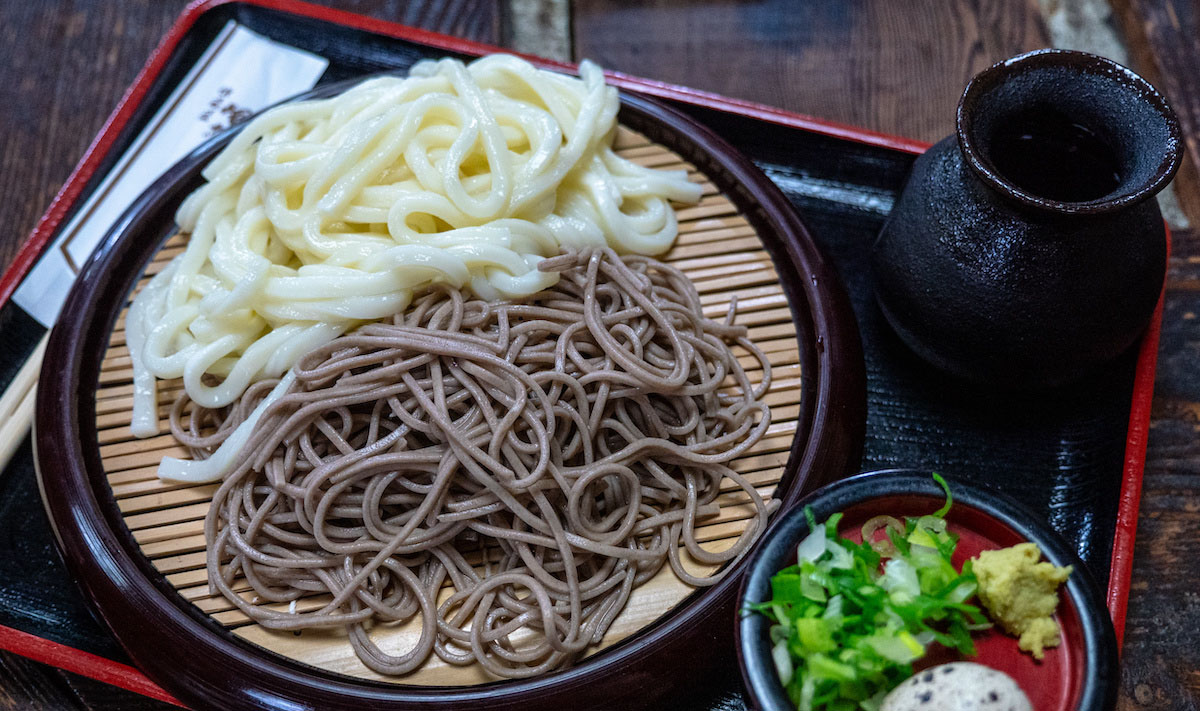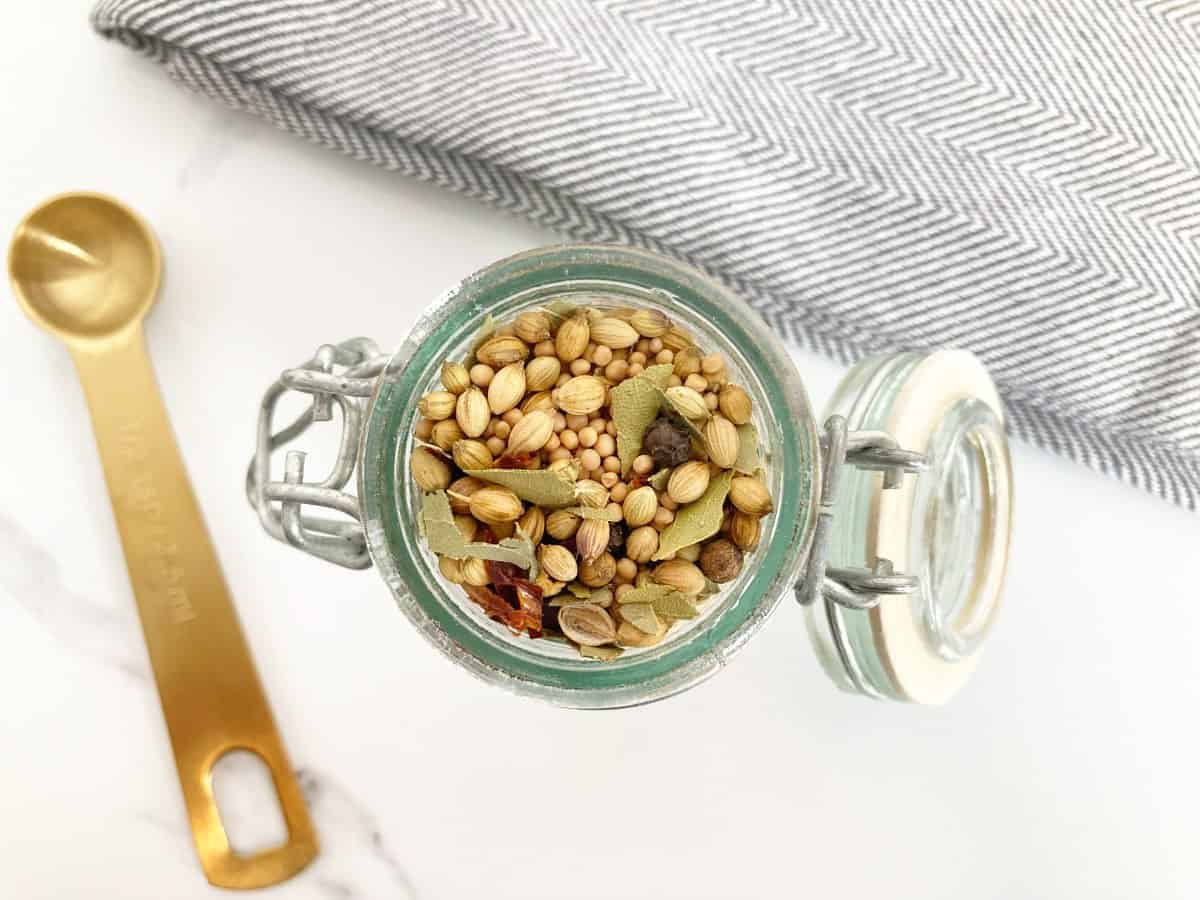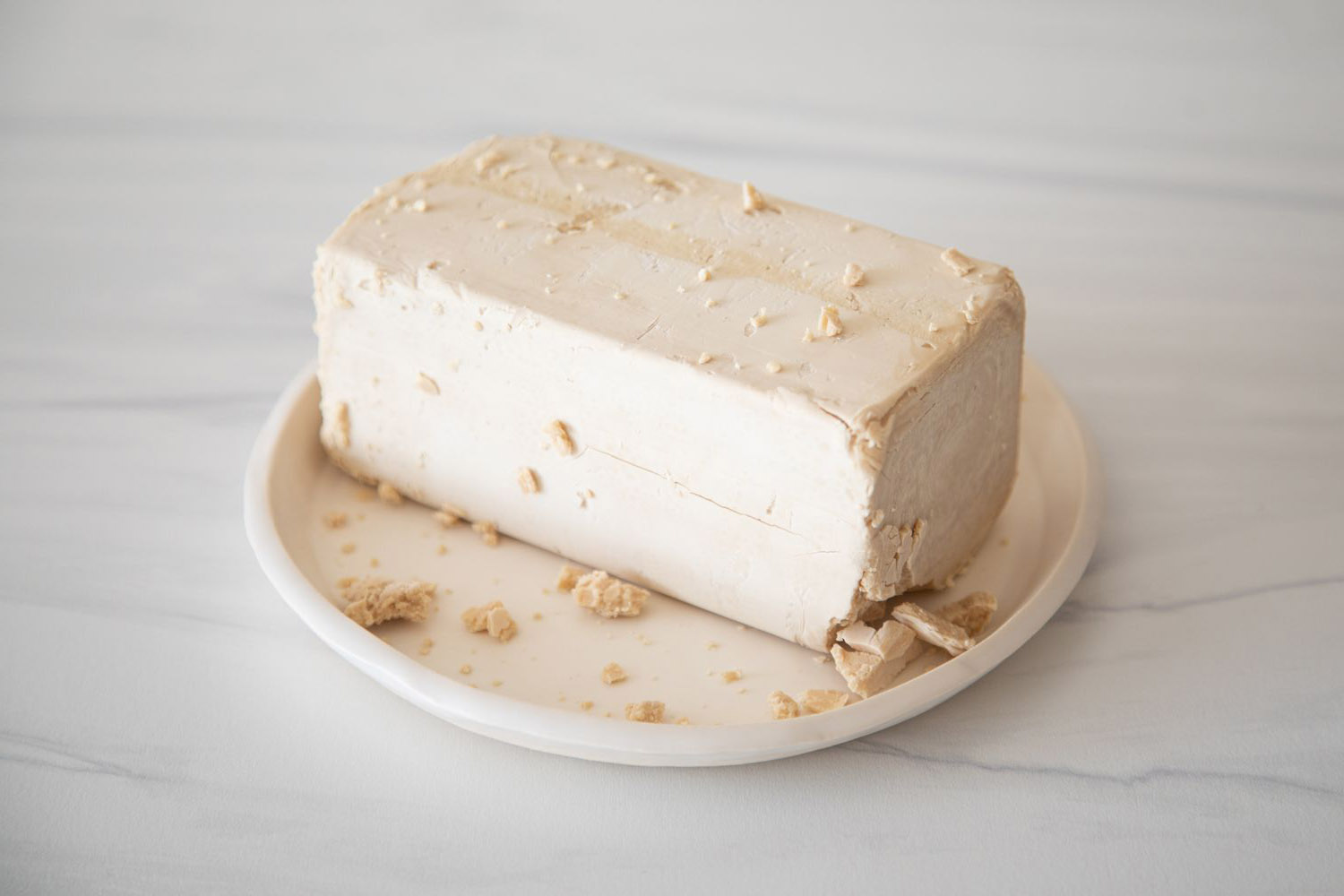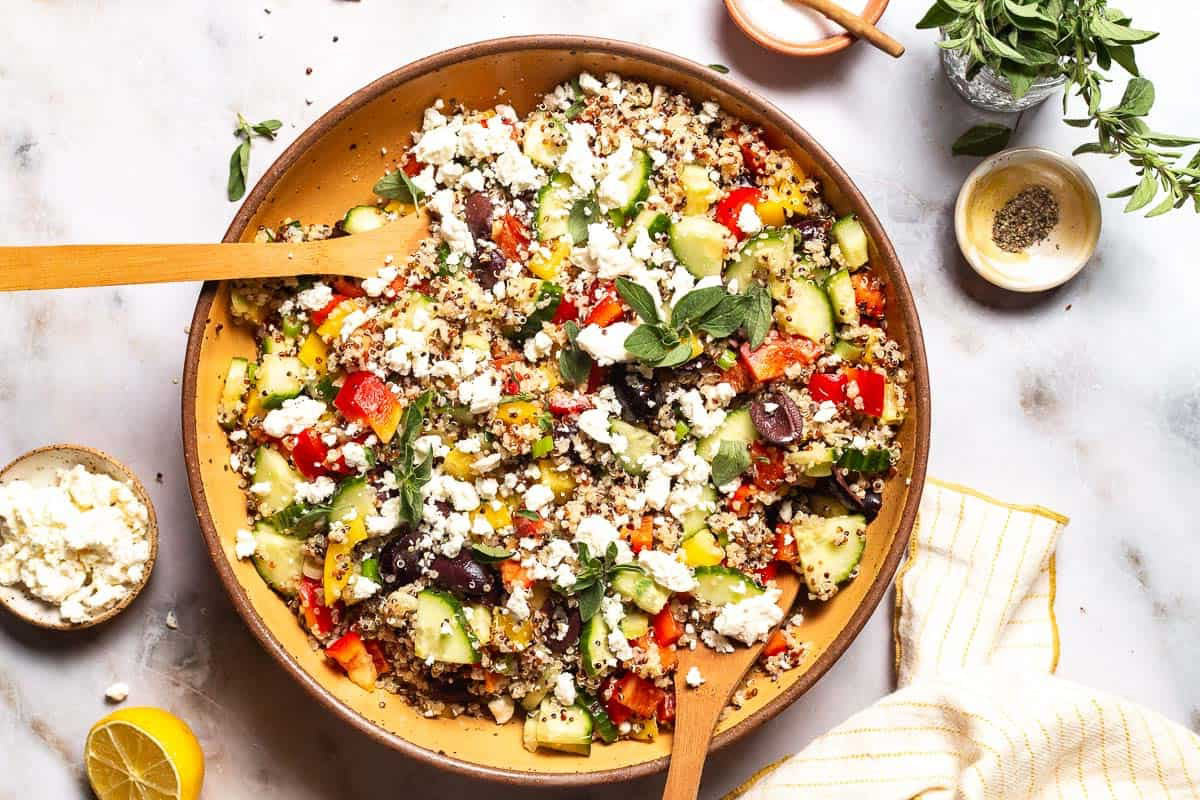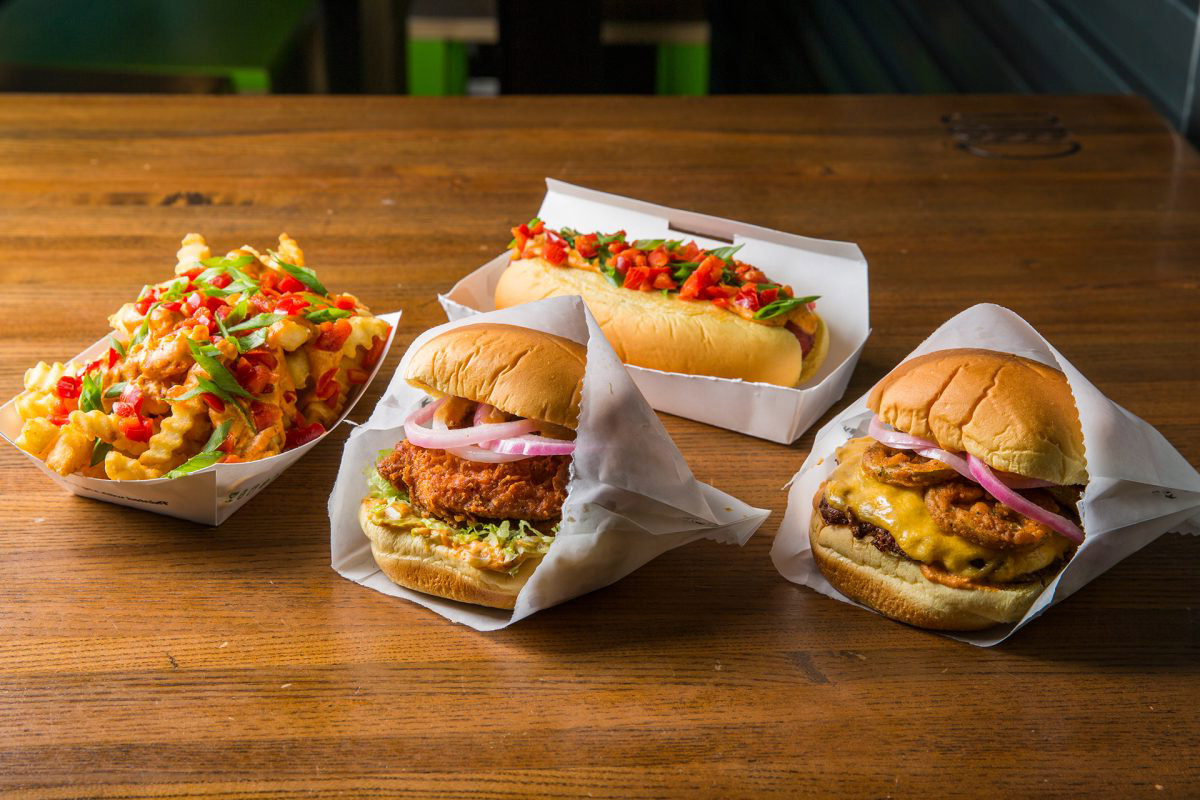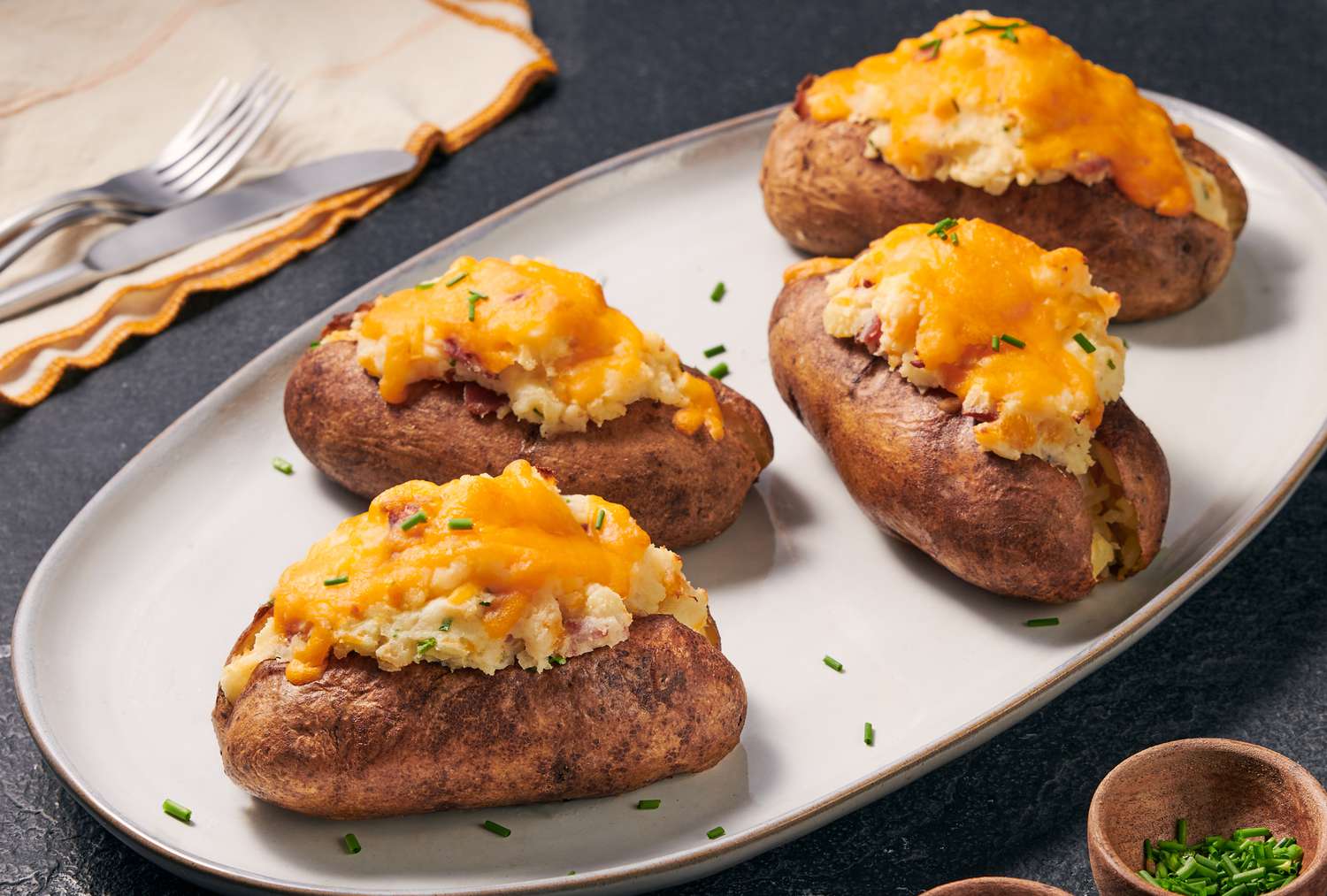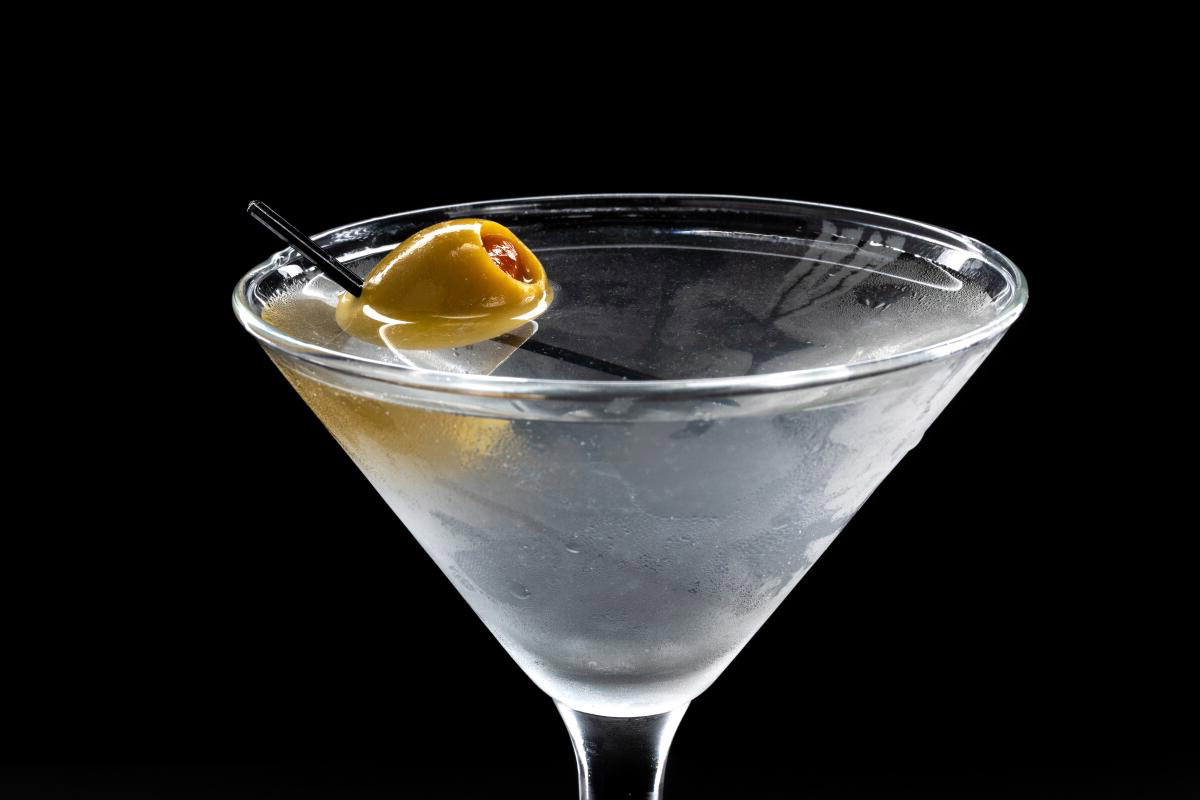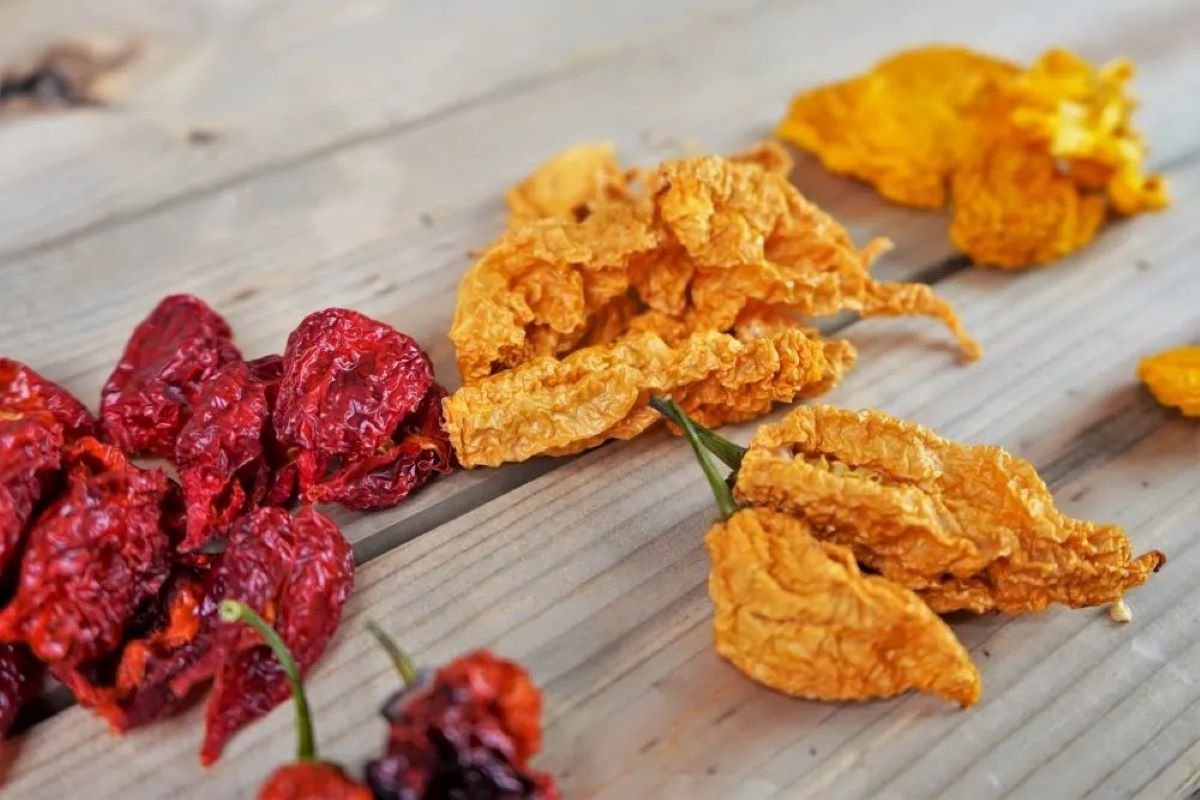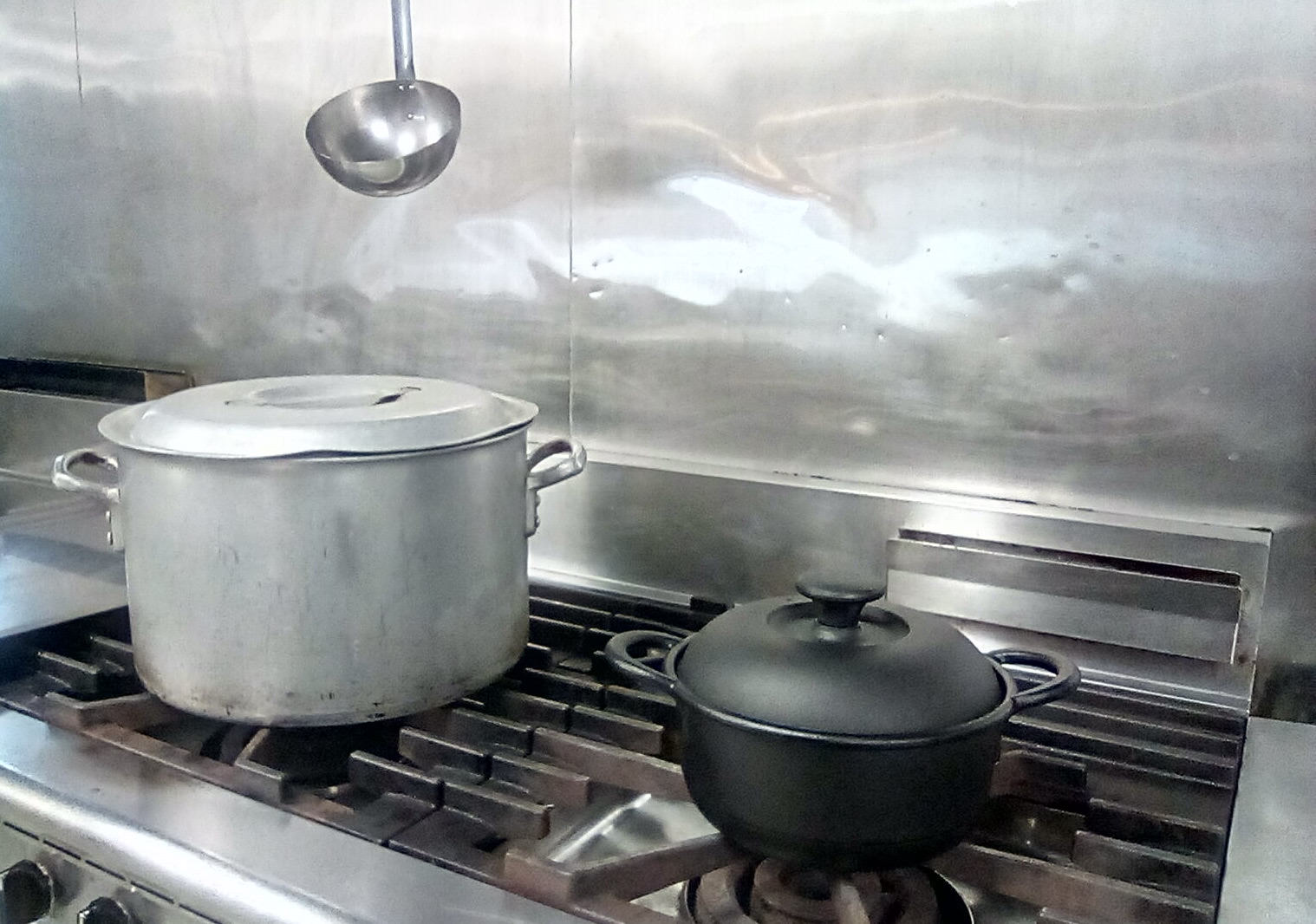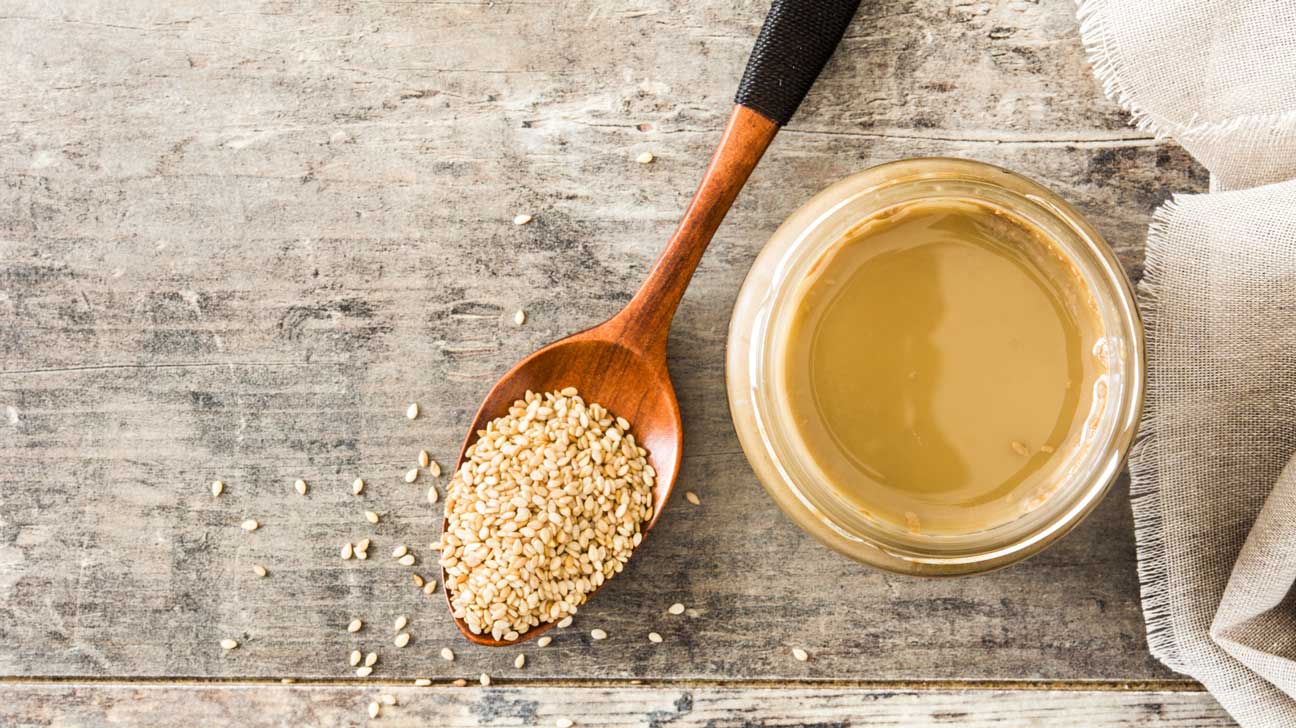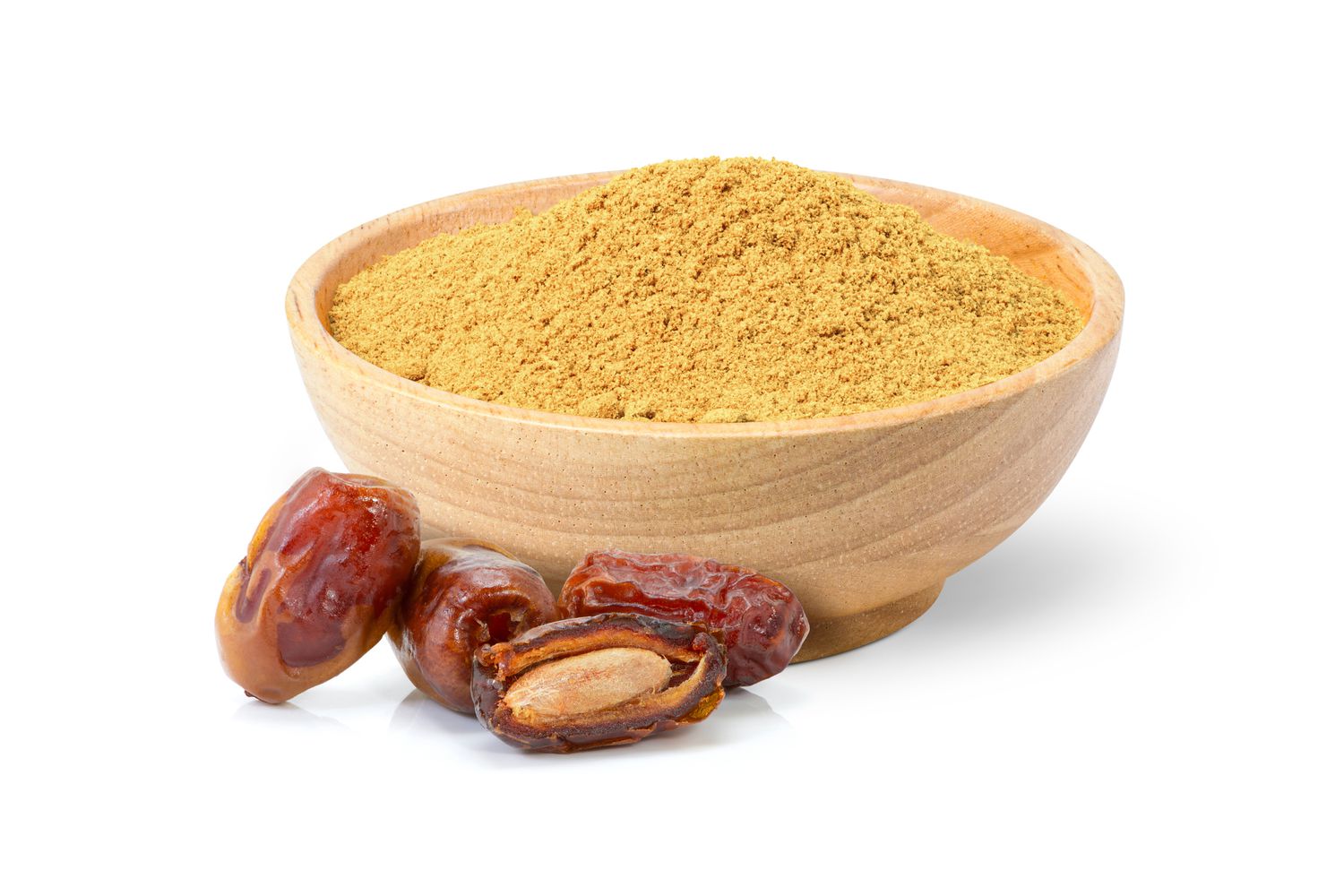Understanding the Role of Shortening in Baking
When it comes to baking, there are a variety of ingredients that play crucial roles in creating the perfect texture, flavor, and appearance of baked goods. One such ingredient is shortening, which is commonly used in baking recipes. But what exactly is shortening and what is it used for in baking?
What is Shortening?
Shortening is a solid fat that is commonly made from vegetable oils. It is a versatile ingredient that is used in a wide range of baking recipes, from cakes and cookies to pie crusts and pastries. Shortening is known for its ability to create a tender and flaky texture in baked goods, making it a popular choice for many bakers.
The Role of Shortening in Baking
So, what is shortening used for in baking? Shortening serves several important purposes in the baking process:
- Texture: Shortening helps create a tender and crumbly texture in baked goods. It does this by coating the flour particles, which helps prevent the formation of gluten. This results in a softer, more delicate texture in the final product.
- Flakiness: In recipes such as pie crusts and pastries, shortening is used to create a flaky texture. When the shortening melts during baking, it creates pockets of air in the dough, resulting in a light and flaky crust.
- Moisture: Shortening helps retain moisture in baked goods, keeping them moist and fresh for longer periods of time. This is especially important in recipes such as cakes and cookies, where a moist texture is desired.
- Flavor: While shortening itself is relatively flavorless, it helps enhance the flavors of other ingredients in the recipe. It acts as a neutral base that allows the other flavors in the baked goods to shine through.
Types of Shortening
There are different types of shortening available, including solid shortening and liquid shortening. Solid shortening is commonly used in baking and is available in both hydrogenated and non-hydrogenated forms. Hydrogenated shortening has a higher melting point, making it ideal for creating flaky textures in pie crusts and pastries. Non-hydrogenated shortening is a healthier alternative, as it does not contain trans fats.
Substituting Shortening in Recipes
While shortening is a common ingredient in many baking recipes, it is possible to substitute it with other fats such as butter or margarine. Keep in mind that these substitutions may alter the texture and flavor of the final product, so it’s important to consider the specific role that shortening plays in the recipe before making any substitutions.
In Conclusion
Shortening is a versatile ingredient that plays a crucial role in creating the perfect texture, flavor, and appearance of baked goods. Whether you’re making a flaky pie crust or a tender cake, shortening is an essential ingredient that helps achieve the desired results. Understanding the role of shortening in baking can help you become a more confident and skilled baker, allowing you to create delicious treats with the perfect texture and flavor.
So, the next time you reach for a recipe that calls for shortening, you’ll have a better understanding of its importance and the unique role it plays in the baking process.
Was this page helpful?
Read Next: What Is Tomato Salad?
